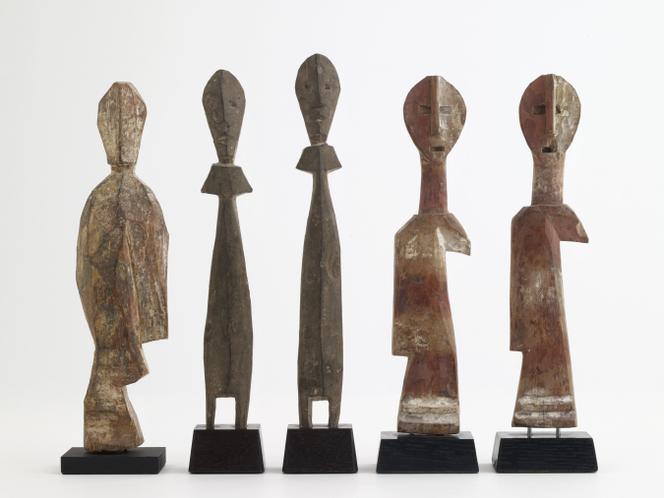


In 2018, African art dealers and collectors Ewa and Yves Develon donated 40 works to Lyon's Musée des Confluences, to be shown in 2019 in the Désir d'art exhibition. From now on, their entire collection will be on display at the same museum, including almost 300 sculptures, masks, ritual and everyday objects. An exhibition, which opened in early June, is celebrating the event. This is not the first time that the Lyon institution has distinguished itself by its interest in non-Western art. Back in 2017, Antoine de Galbert entrusted the museum with the bulk of his collection of headdresses gathered from all over the world, consisting of over 300 headdresses and ornaments.
While it certainly can't compete with the Musée du Quai Branly in Paris, with its immense reserves, the Musée des Confluences is nonetheless tending to become one of France's richest in the arts that the critic Félix Fénéon (1861-1944) once called the "arts from distant lands" in order to avoid improper adjectives – "exotic" or "primitive," for example.
This enrichment has come at a time when the process of translating artifacts from Africa to European and North American museums has been the subject of increasingly acute historical and critical analysis. Requests for restitution from the governments of countries that were once Belgian, British or French colonies have been coming thick and fast, and inquiries into the provenance and mode of acquisition of the objects have been on the increase.
At the same time, questions of museography have also been raised. It has become increasingly unsustainable to treat masks and sculptures as objects of artistic contemplation without mentioning what their religious and political uses were in the societies from which they came. We can thus hope that the 36 African pieces from the Marc Ladreit de Lacharrière collection donated to the Musée du Quai Branly in 2018 will be the last to have been encased in ostentatious glass cloches that would be better suited to jewelry.
The presentation of the Develon donation has borne witness to the current and welcome evolution in this field. Although the pieces must be displayed in showcases, for conservation and security reasons, the latter have been designed to be unobtrusive. But it's the order of the exhibition that's most interesting. Neither geographical nor chronological, it is primarily didactic. At the entrance, shipping crates are piled up, as a reminder of the material history of the works, their departures, their journeys, and their life as trade objects that come to a close in a museum.
You have 52.87% of this article left to read. The rest is for subscribers only.
